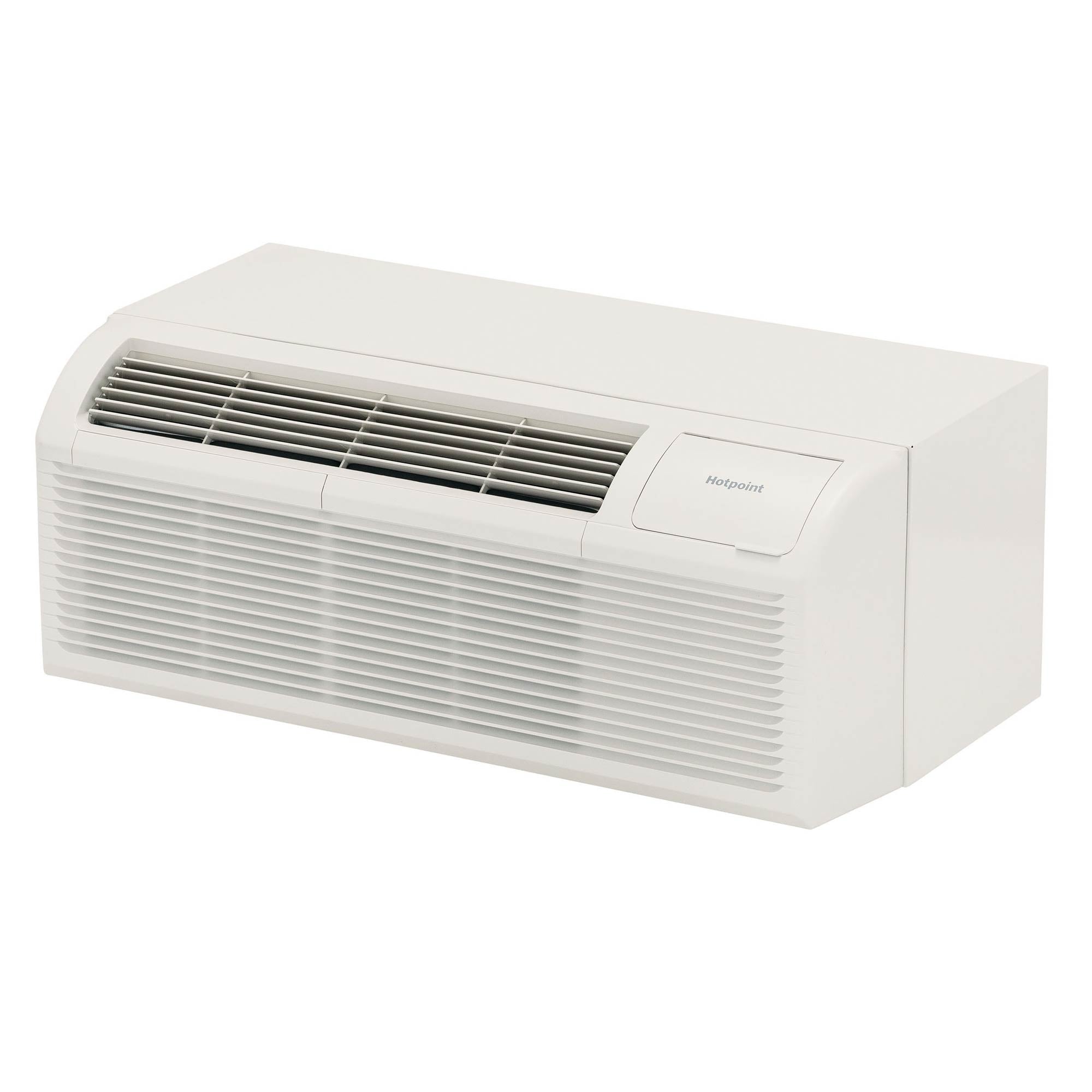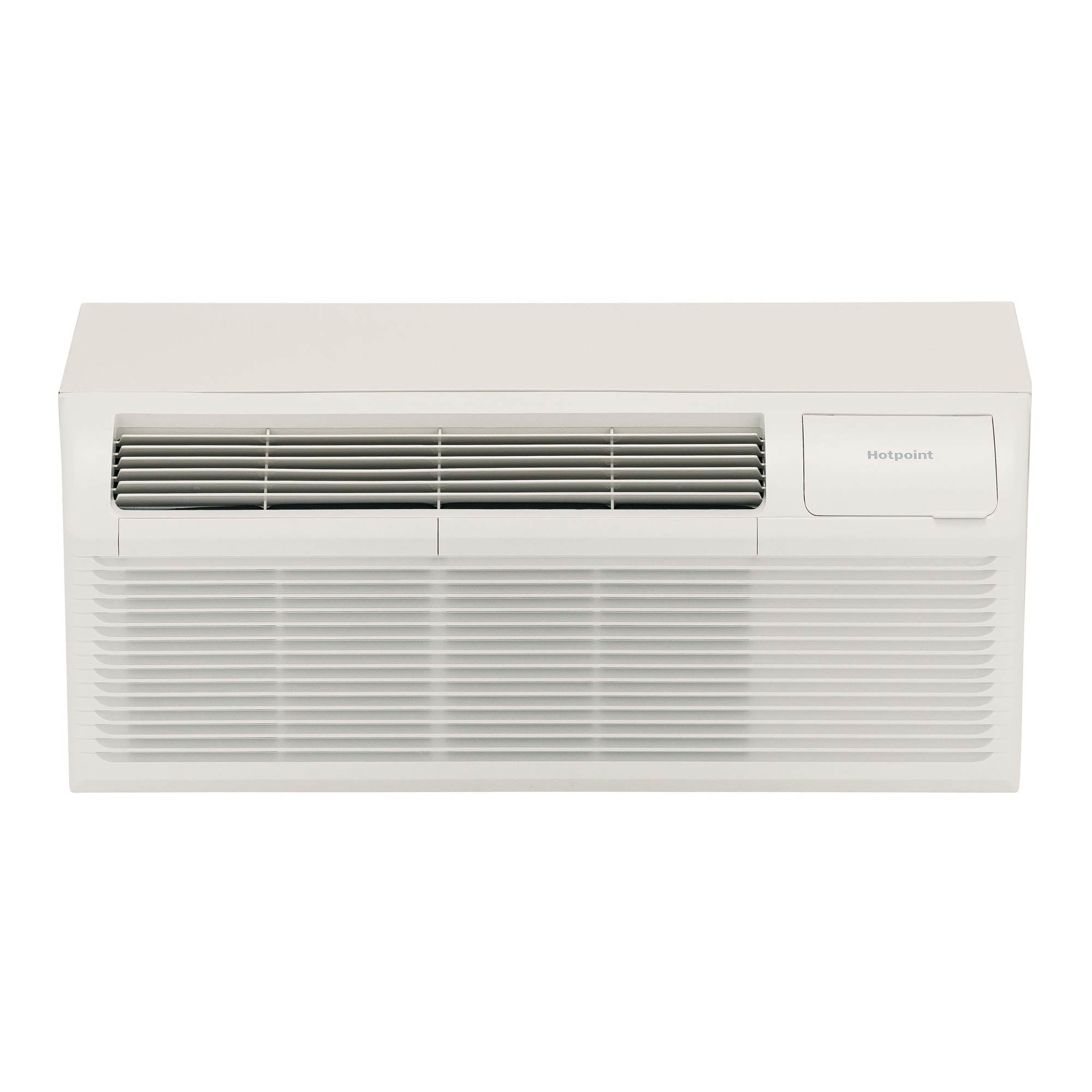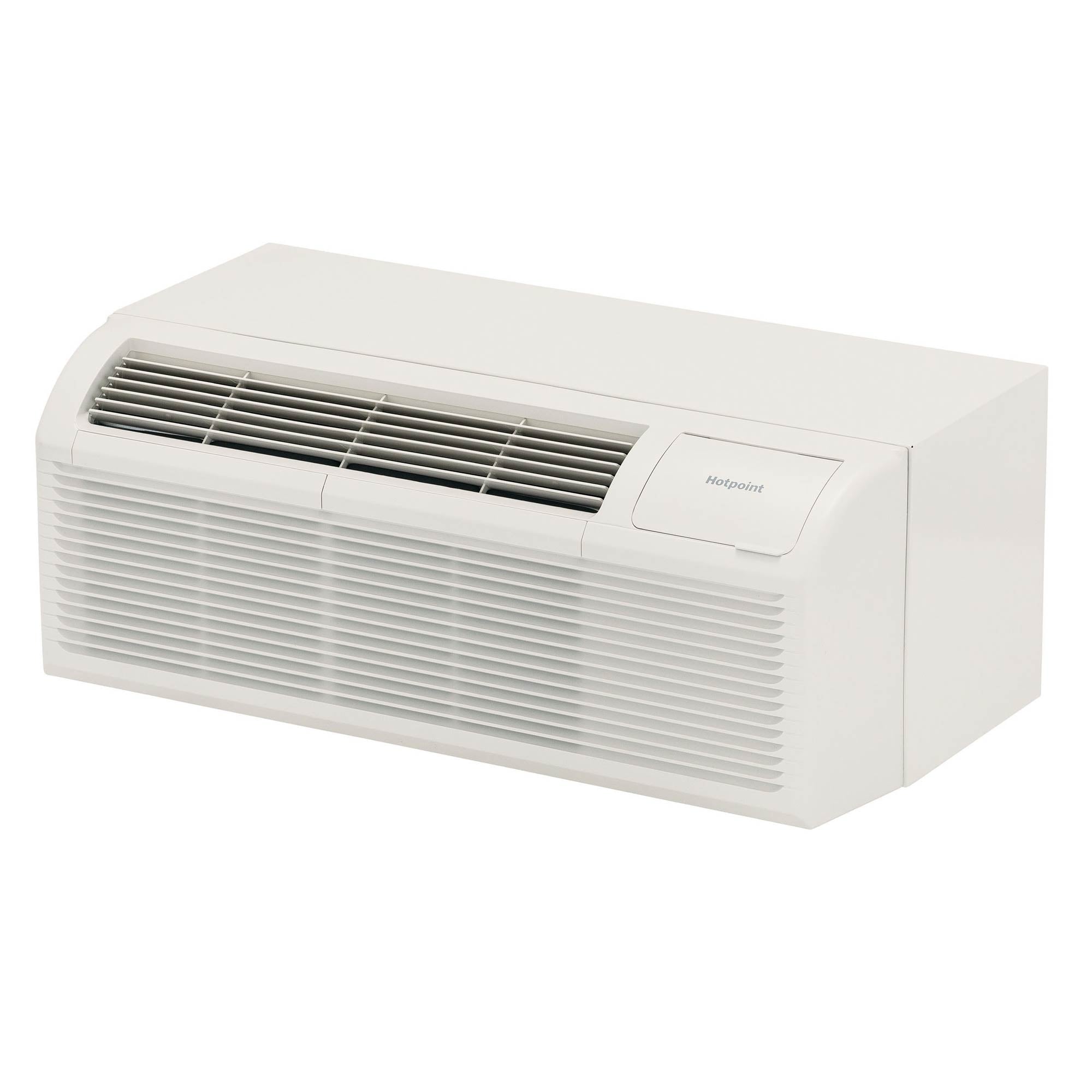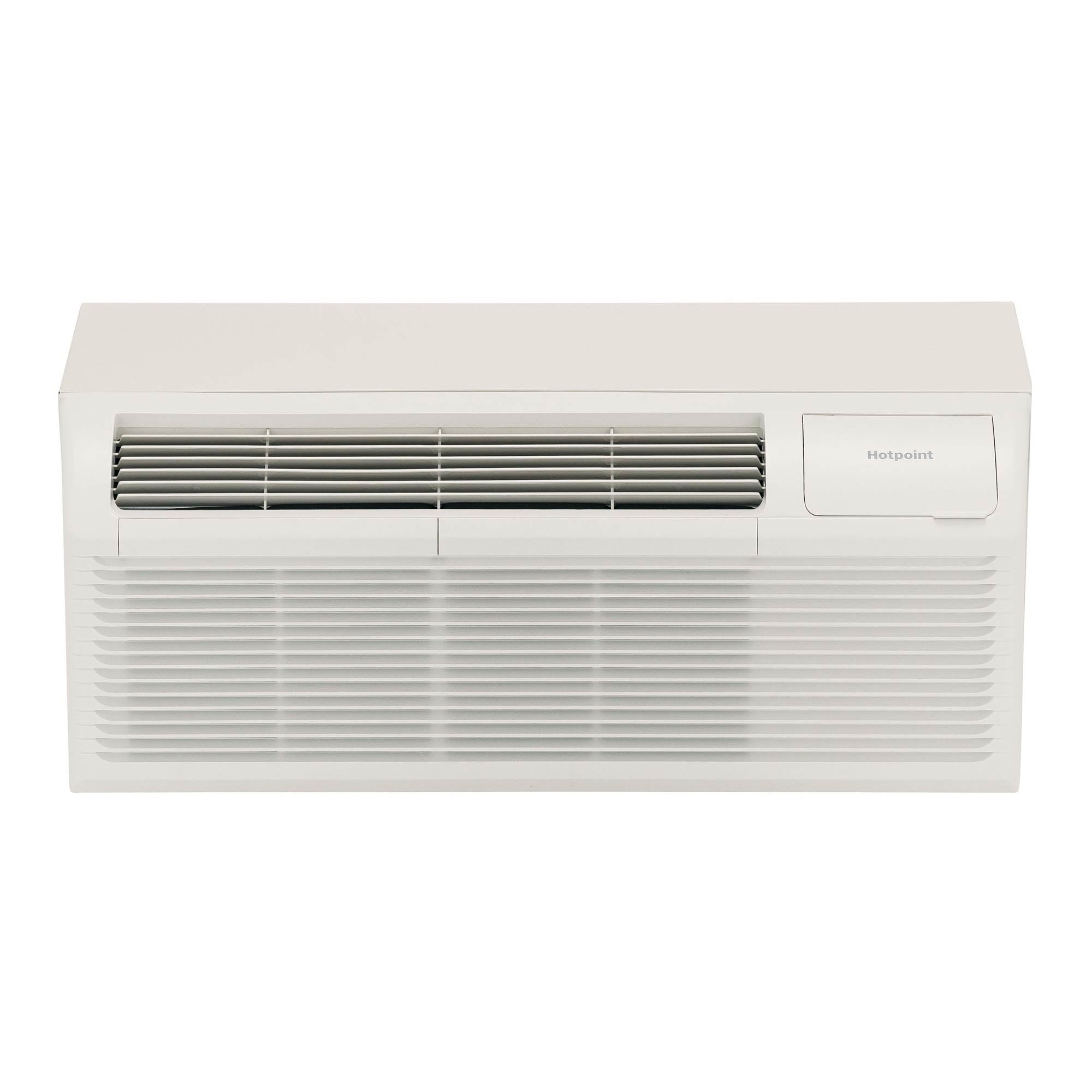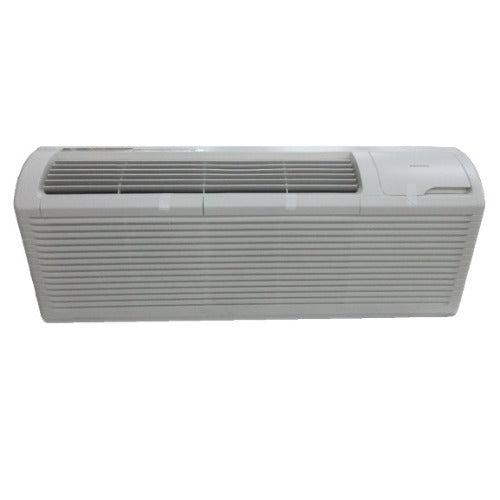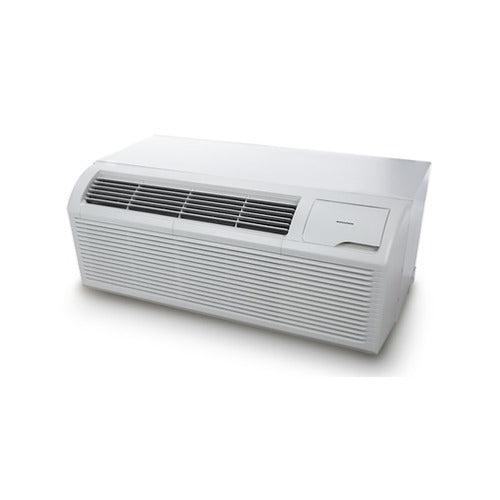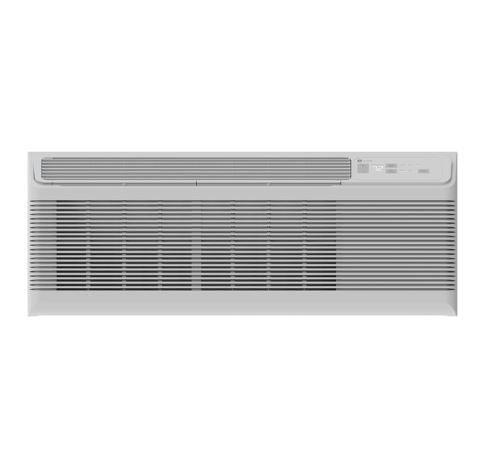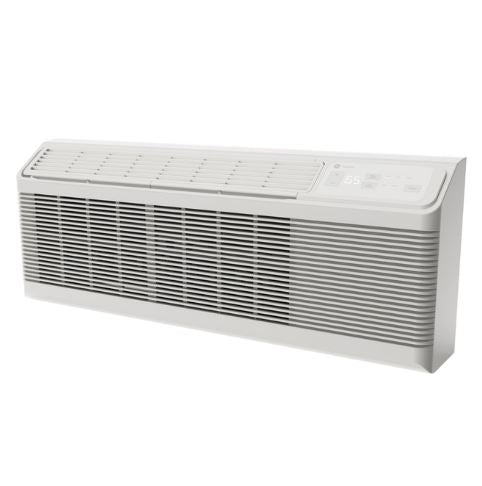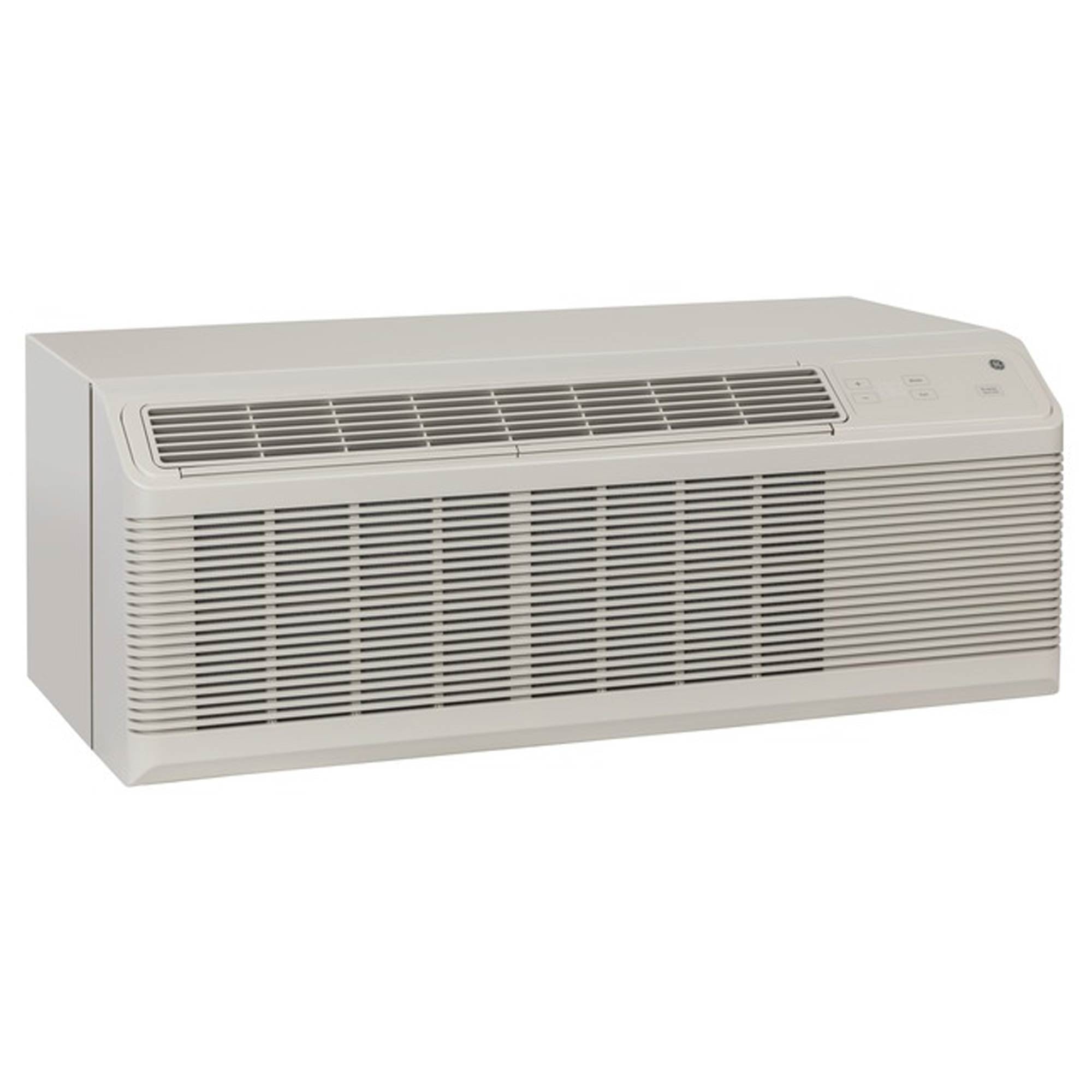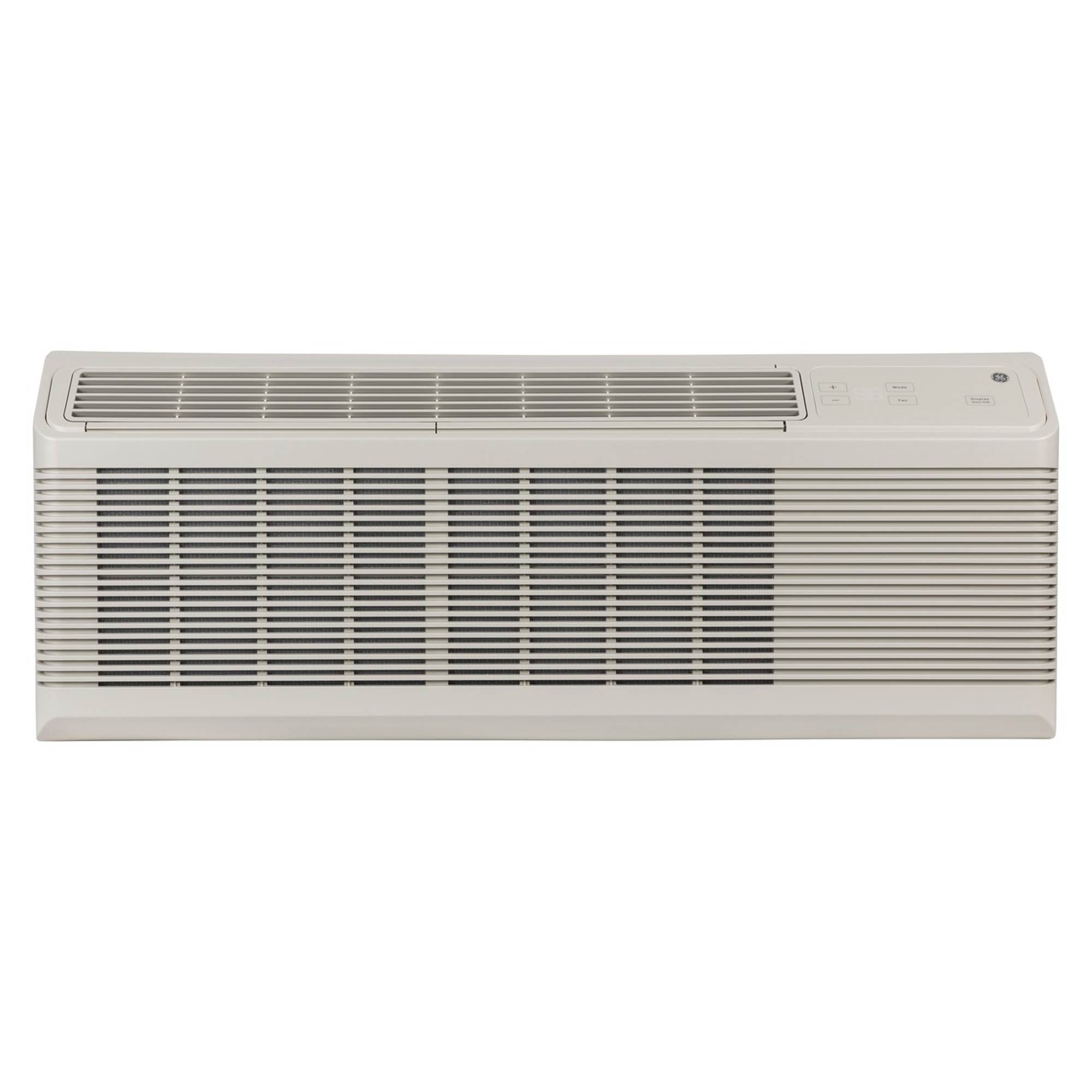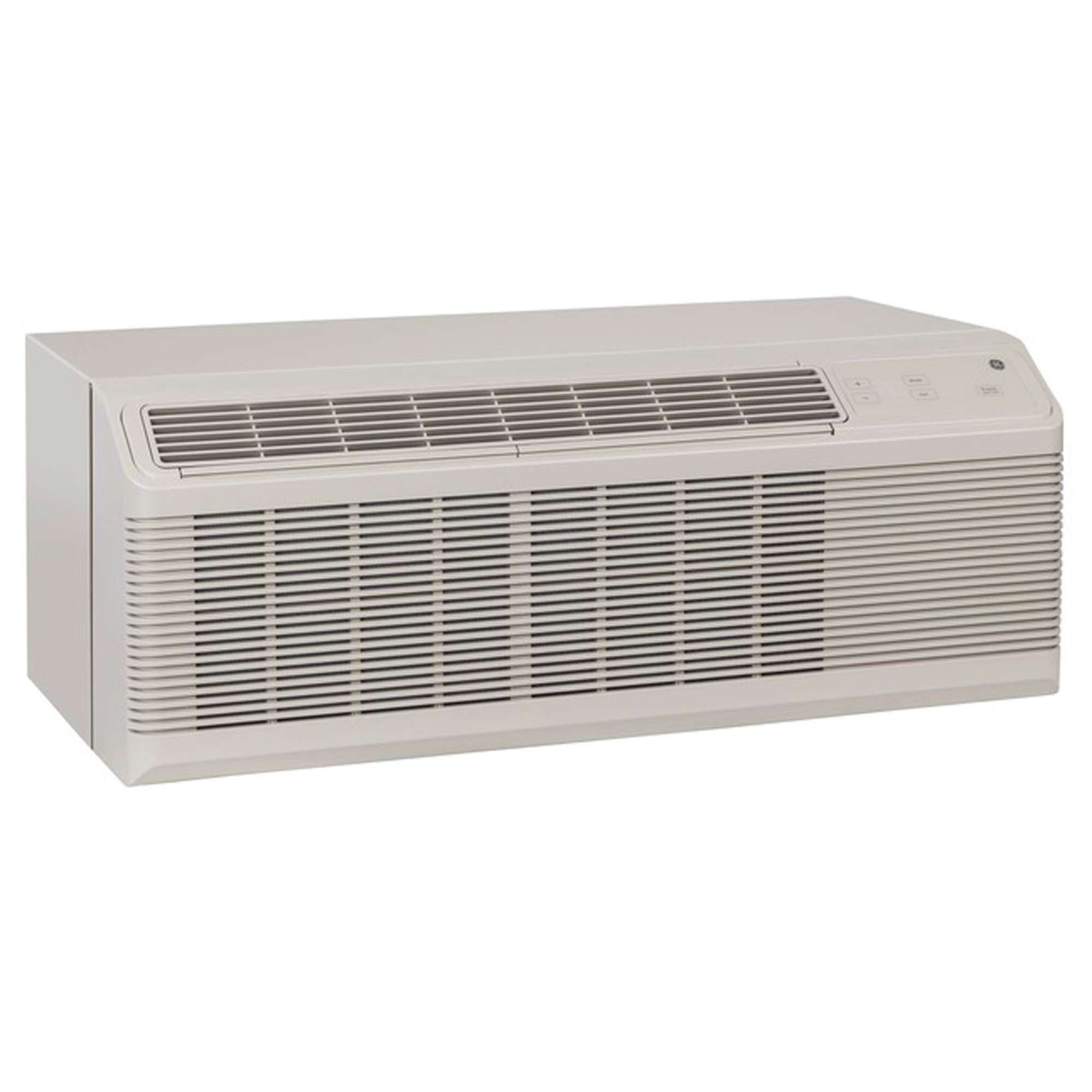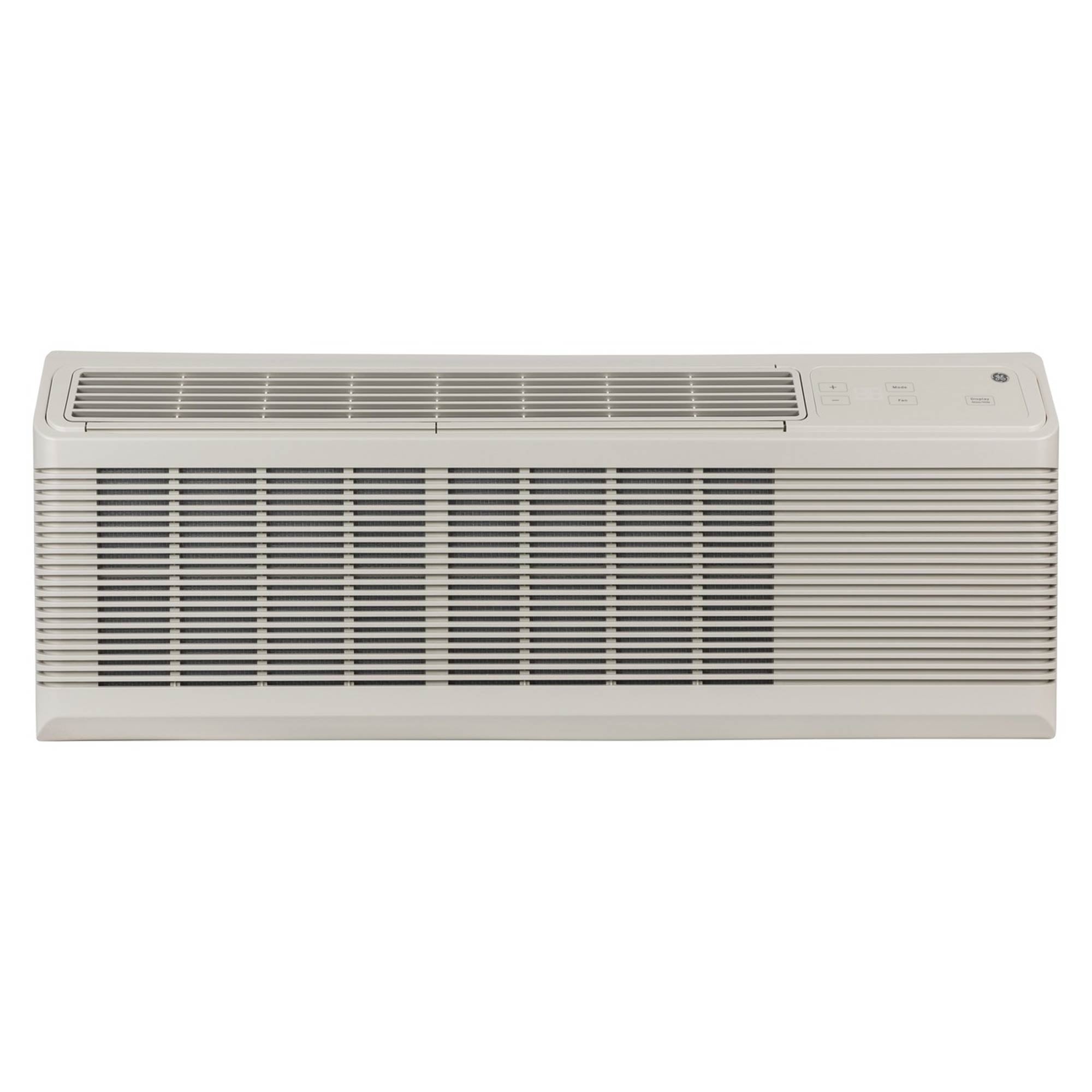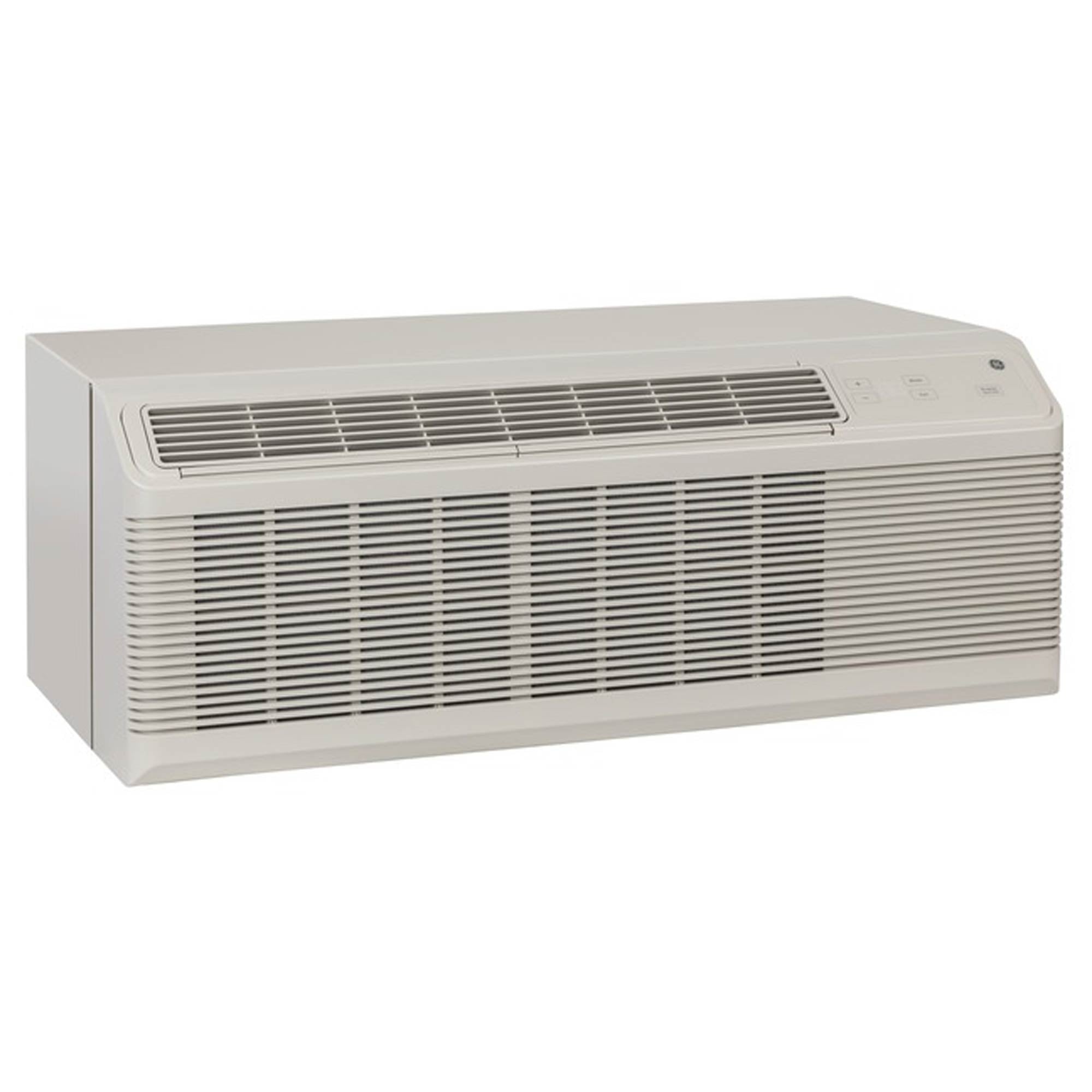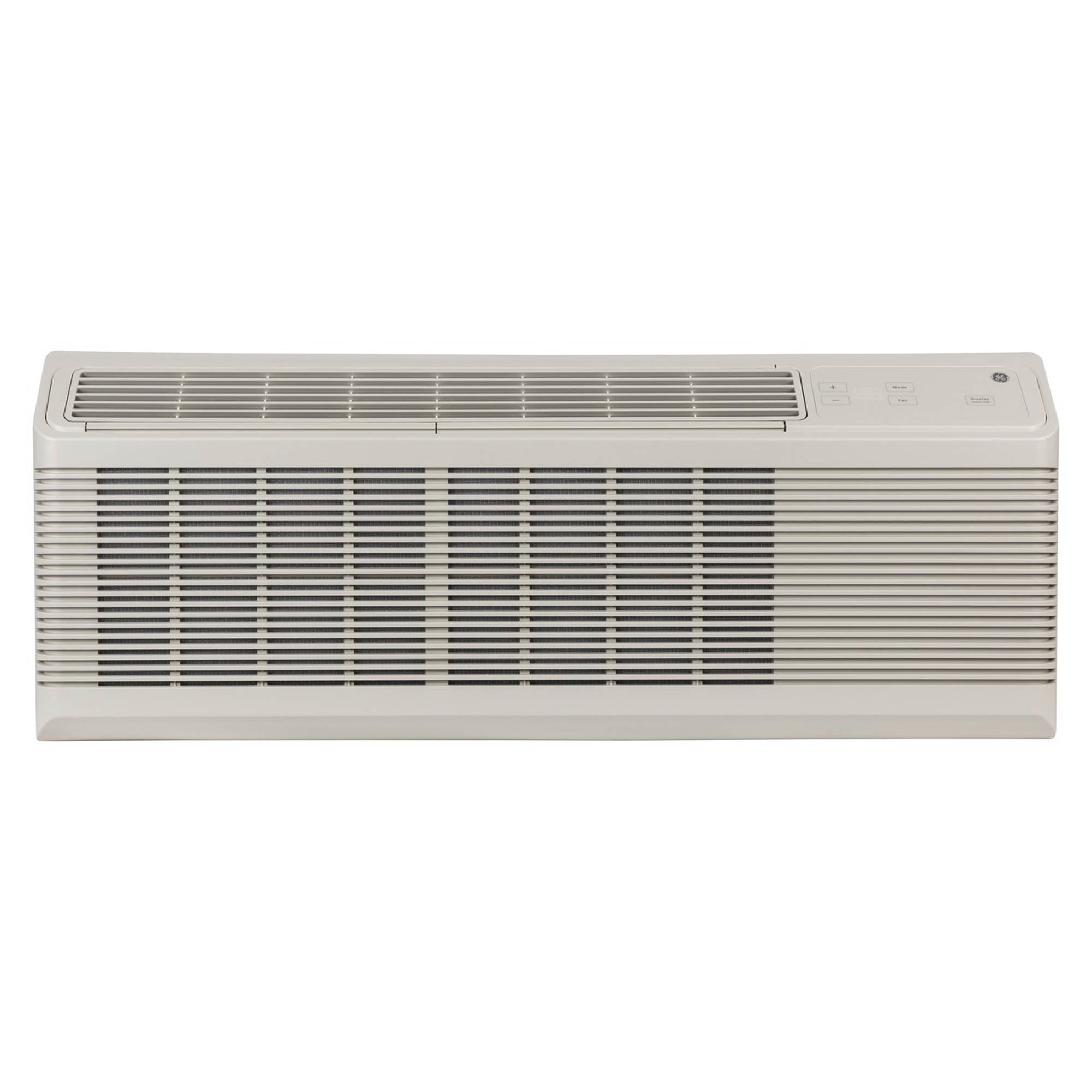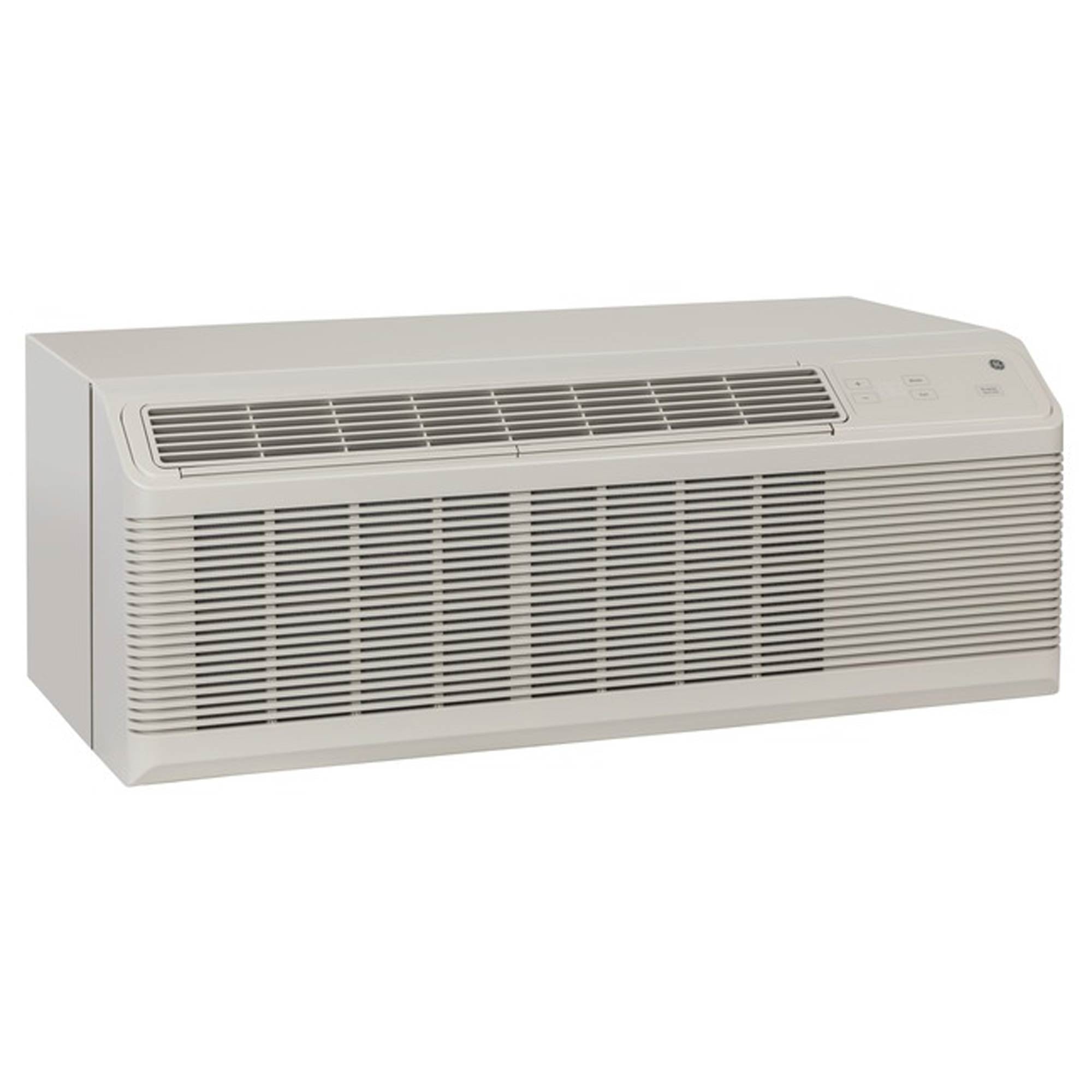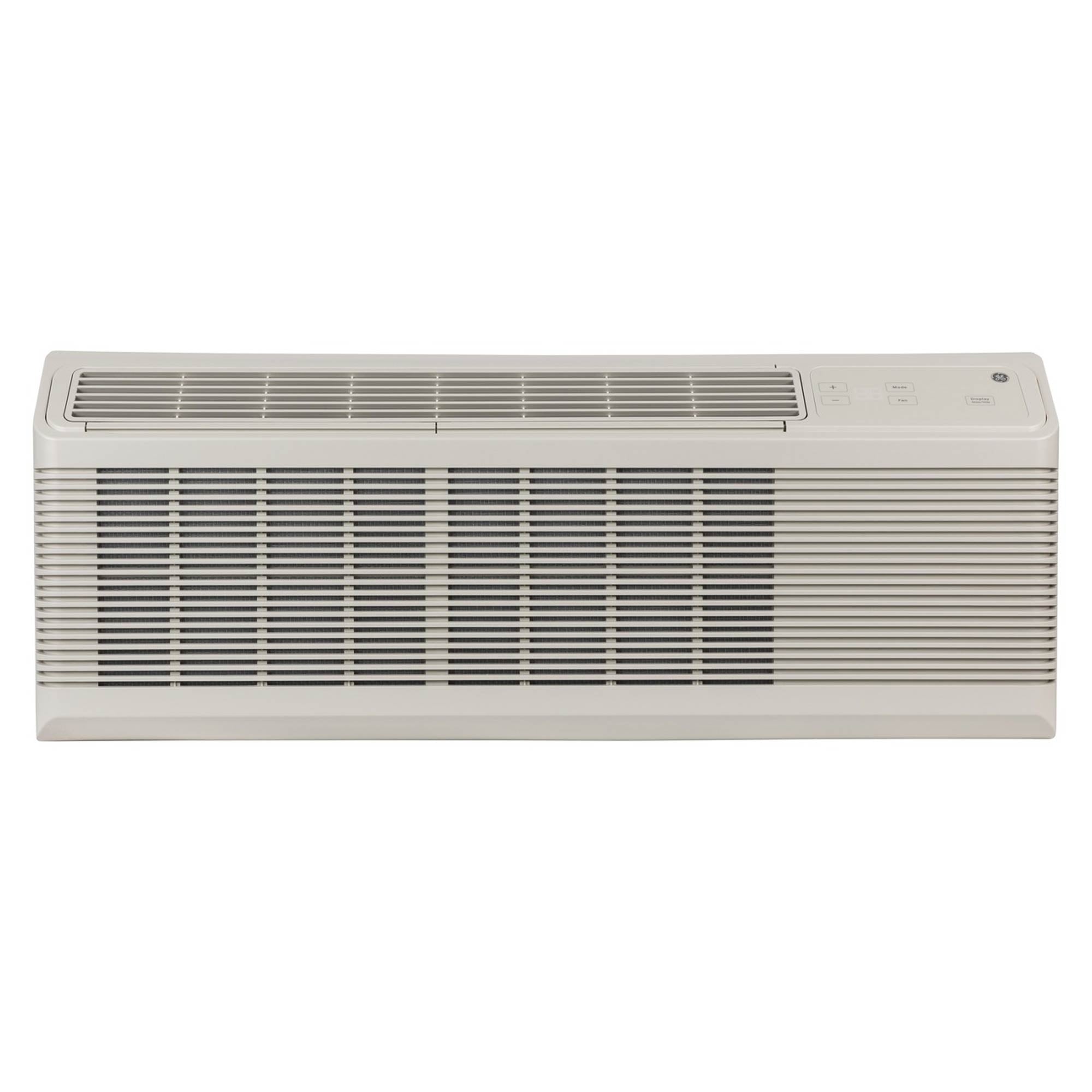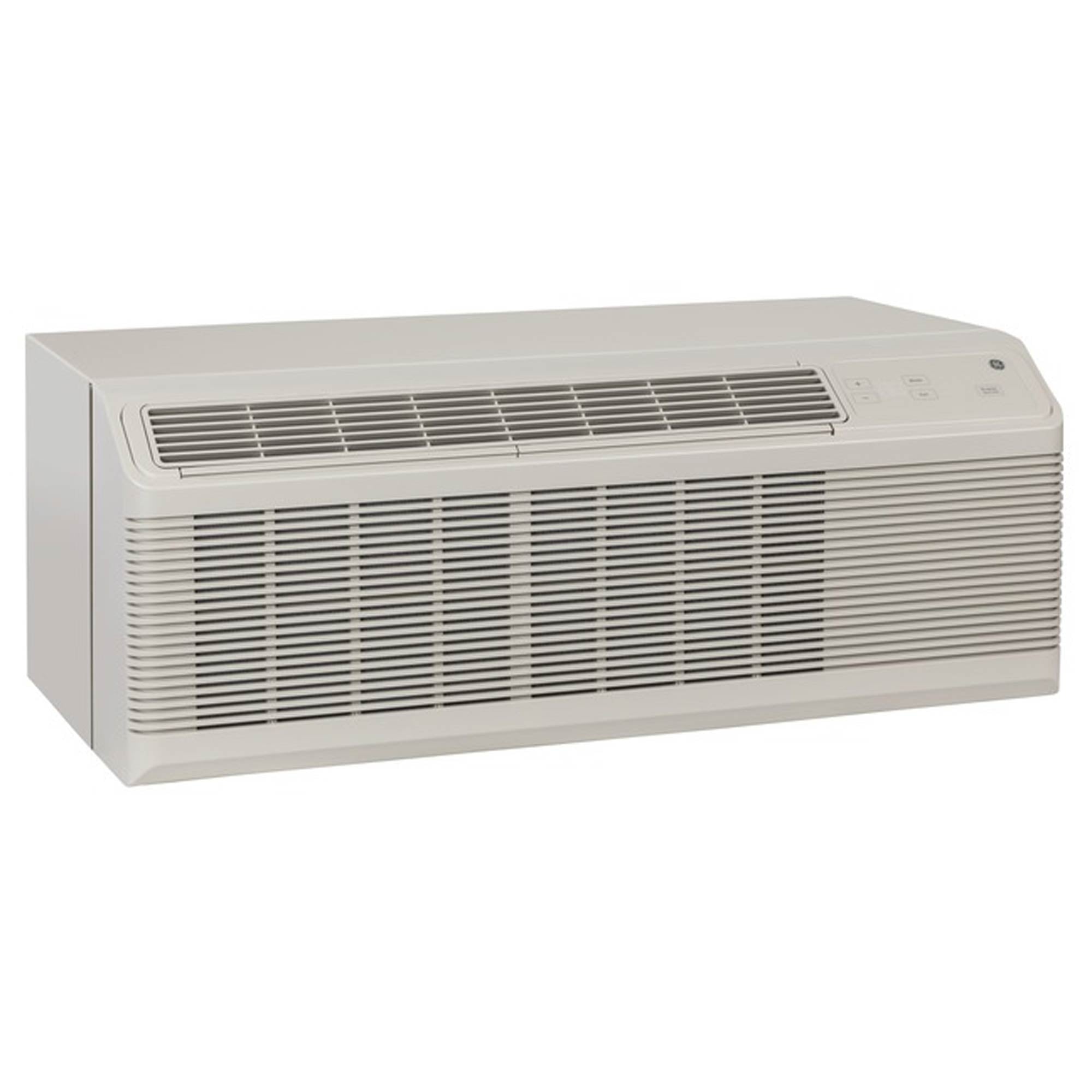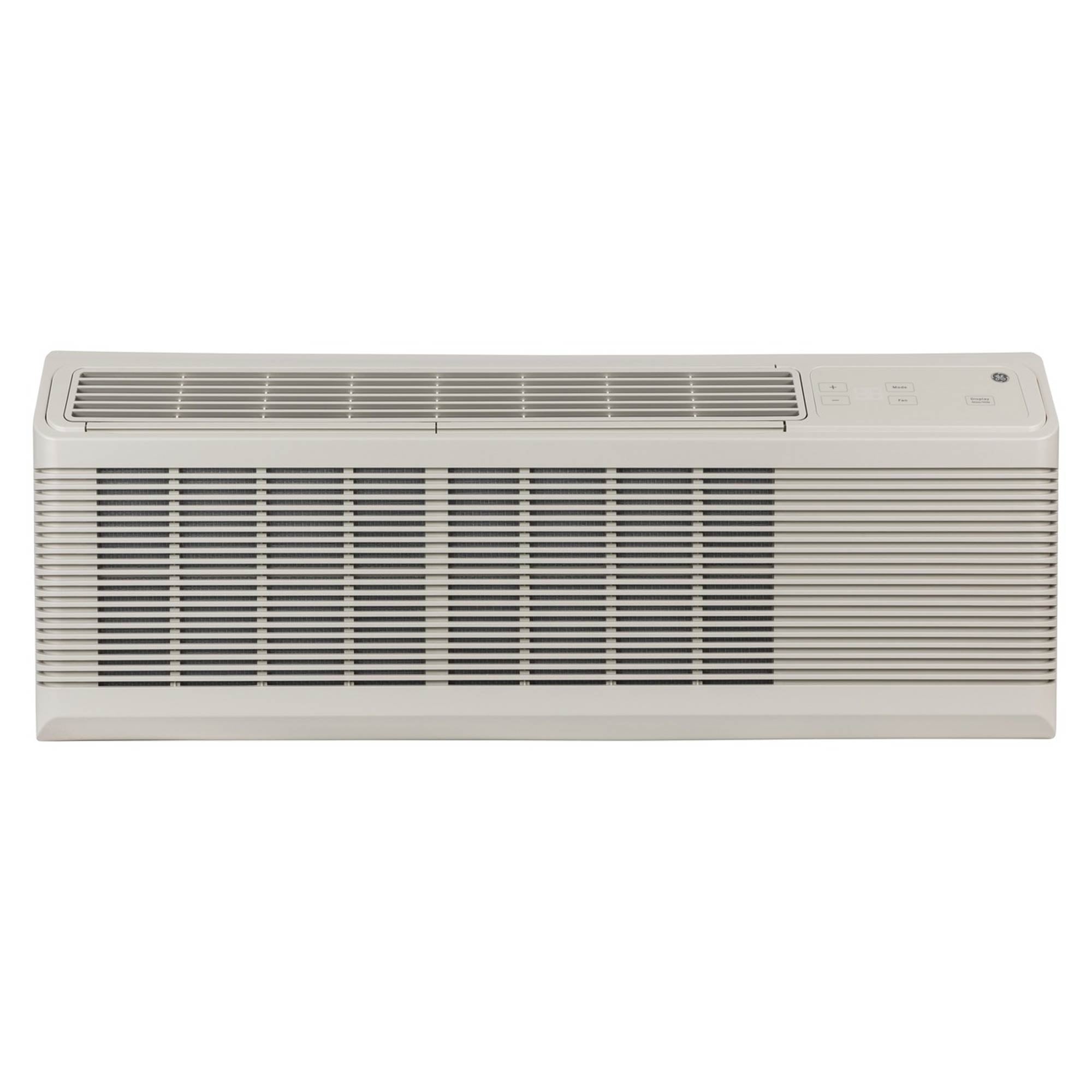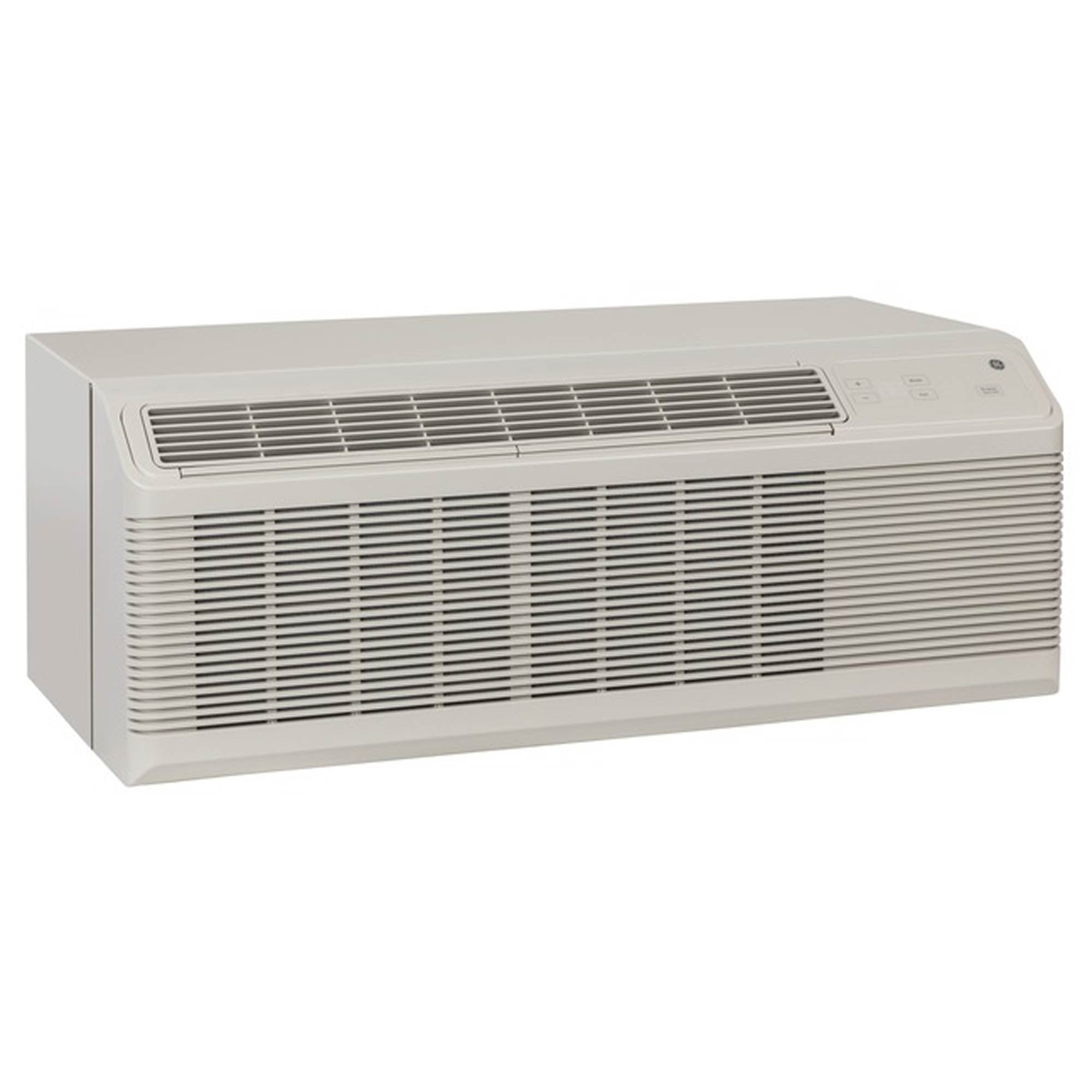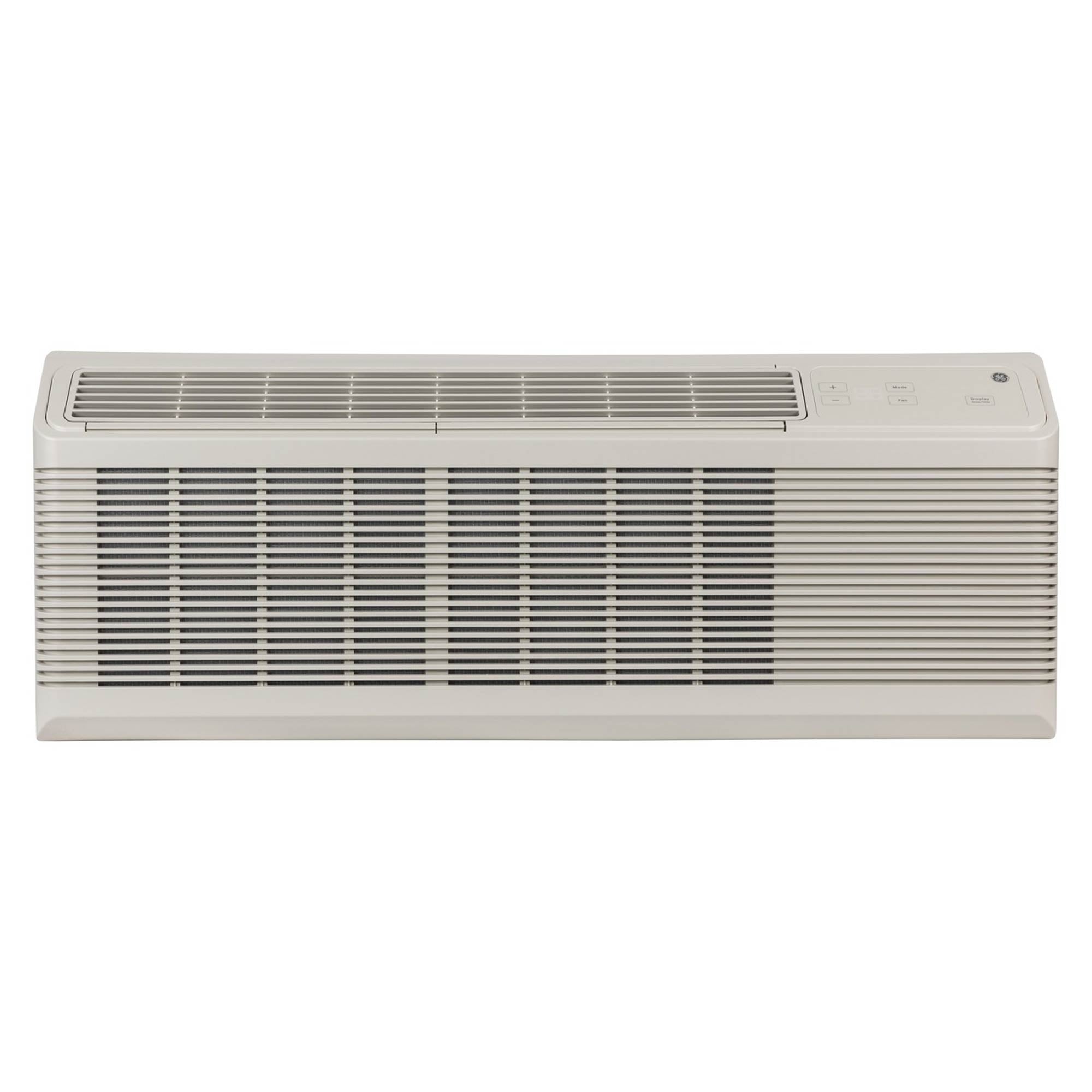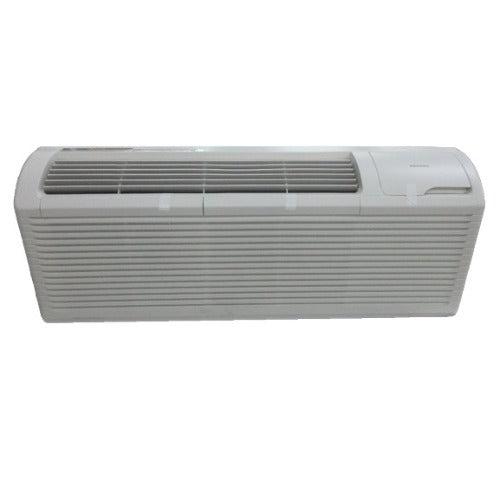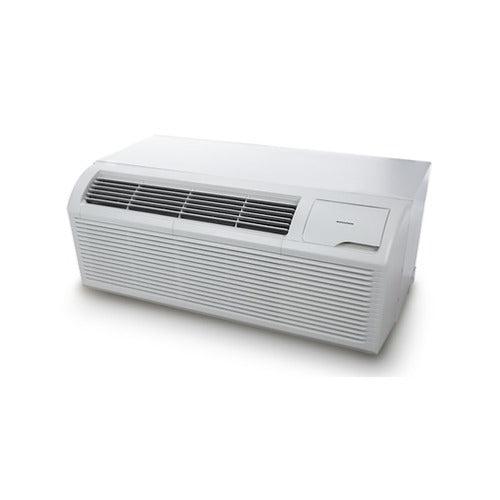Best 15,000 BTUS PTAC Heat Pump Units
12 products
Showing 1 - 12 of 12 products
Packaged Terminal Air Conditioner (PTAC) heat pump units with a capacity of 15,000 BTUs are efficient and versatile solutions for heating and cooling individual rooms or spaces. Commonly utilized in hotels, apartments, hospitals, and office buildings, these self-contained units offer both heating and cooling capabilities, making them ideal for environments where individualized climate control is essential.
Understanding 15,000 BTU PTAC Heat Pump Units
A 15,000 BTU PTAC heat pump is designed to effectively service areas ranging from approximately 550 to 700 square feet, depending on factors such as insulation quality, ceiling height, and local climate conditions. These units are installed through an exterior wall, allowing for direct exchange of air with the outside environment. The heat pump functionality enables the unit to provide heating by reversing the refrigeration cycle, extracting heat from the outside air and transferring it indoors. This process is energy-efficient, especially in moderate climates, as it requires less electricity compared to traditional electric resistance heating methods.
Advantages of 15,000 BTU PTAC Heat Pump Units
-
Energy Efficiency: Heat pump PTAC units are known for their energy efficiency. They consume less energy than electric resistance heating models, leading to cost savings over time. According to the U.S. Department of Energy, heat pumps can reduce electricity use for heating by approximately 50% compared to electric resistance heating.
-
Space-Saving Design: The compact, all-in-one design of PTAC units eliminates the need for separate indoor and outdoor components, conserving valuable interior space and simplifying installation. This makes them a popular choice in settings where space is at a premium.
-
Individualized Climate Control: Each PTAC unit operates independently, allowing occupants to set their preferred temperature without affecting other areas. This feature is particularly beneficial in multi-occupancy buildings, enhancing comfort and satisfaction.
-
Cost-Effective Installation and Maintenance: PTAC units are relatively easy to install, often requiring just a standard electrical outlet and a wall opening. Their self-contained nature simplifies maintenance, as all components are housed within a single unit.
Considerations When Selecting a 15,000 BTU PTAC Heat Pump Unit
-
Climate Suitability: While heat pumps are efficient, their performance can diminish in extremely cold temperatures. In such climates, supplementary heating sources or units with electric resistance backup may be necessary.
-
Noise Levels: Since PTAC units are located within the occupied space, it's important to consider operational noise. Selecting models known for quiet operation can enhance occupant comfort.
-
Energy Efficiency Ratio (EER): This metric indicates the unit's cooling efficiency. A higher EER signifies better energy performance, which can lead to reduced operational costs over time.
-
Maintenance Access: Ensure the unit's design allows for easy access to filters and components for routine cleaning and maintenance, prolonging the system's lifespan and efficiency.
Applications of 15,000 BTU PTAC Heat Pump Units
These units are particularly well-suited for:
-
Hospitality Industry: Hotels and motels often utilize PTAC units to provide guests with individual room temperature control, enhancing comfort and satisfaction.
-
Healthcare Facilities: Hospitals and assisted living centers use PTAC units to maintain comfortable temperatures tailored to individual needs, promoting health and well-being.
-
Multi-Family Housing: Apartments and condominiums benefit from the independent operation of PTAC units, allowing residents to customize their indoor environment.
-
Office Spaces: Small offices or individual workspaces can employ PTAC units to manage heating and cooling without the need for extensive ductwork or centralized systems.
In conclusion, 15,000 BTU PTAC heat pump units offer a compact, efficient, and versatile solution for heating and cooling individual spaces. Their energy efficiency, ease of installation, and individualized climate control make them a popular choice across various applications. When selecting a unit, consider factors such as climate suitability, noise levels, and energy efficiency to ensure optimal performance and comfort.
You can find comprehensive information on heat pump systems on the U.S. Department of Energy website: energy.gov. This resource covers various types of heat pumps, including air-source heat pumps, ductless mini-splits, geothermal heat pumps, and absorption heat pumps. It also provides guidance on selecting and maintaining these systems to optimize energy efficiency.
The AHRI Standard 310/380-2022 pertains to Packaged Terminal Air Conditioners (PTAC) and Heat Pumps (VTAC). you can visit the AHRI standards search page: ahrinet.org. Please note that access to the latest version may require a purchase or subscription.
For more information on HVAC systems and regulations, visit AHRI Directory and EPA.gov.
